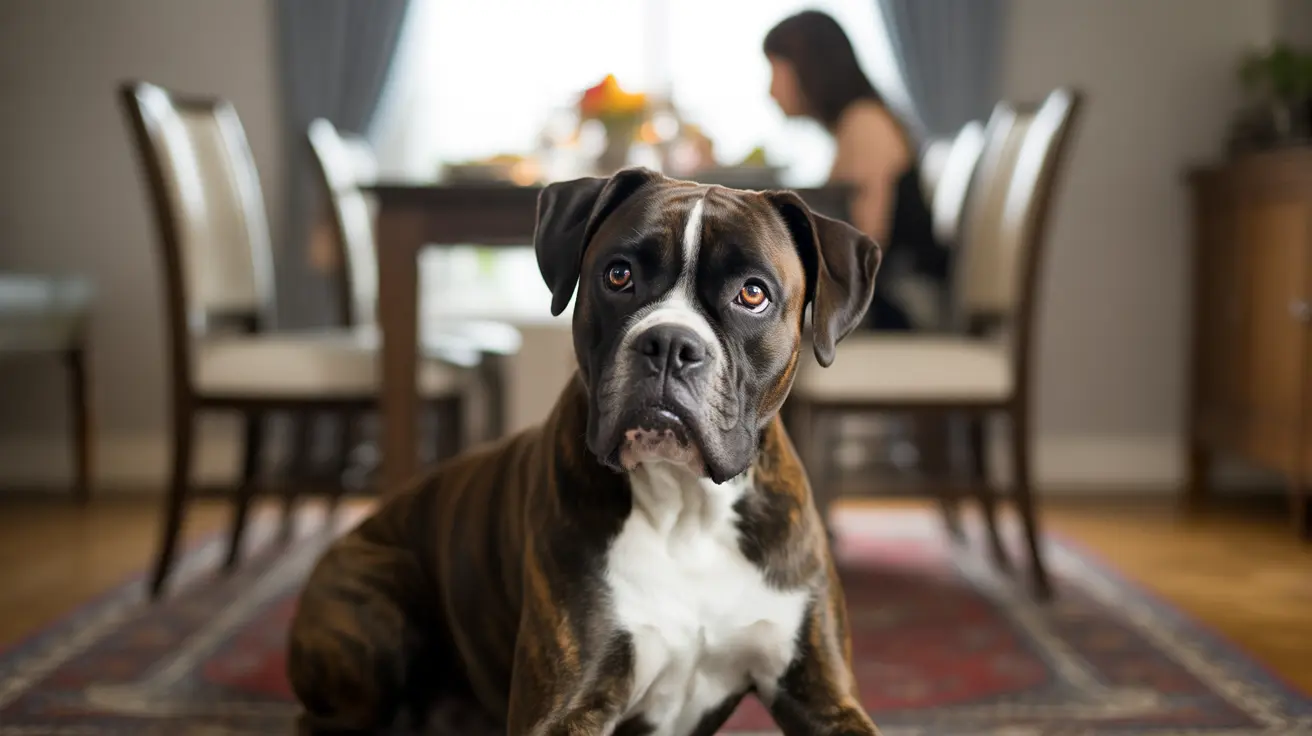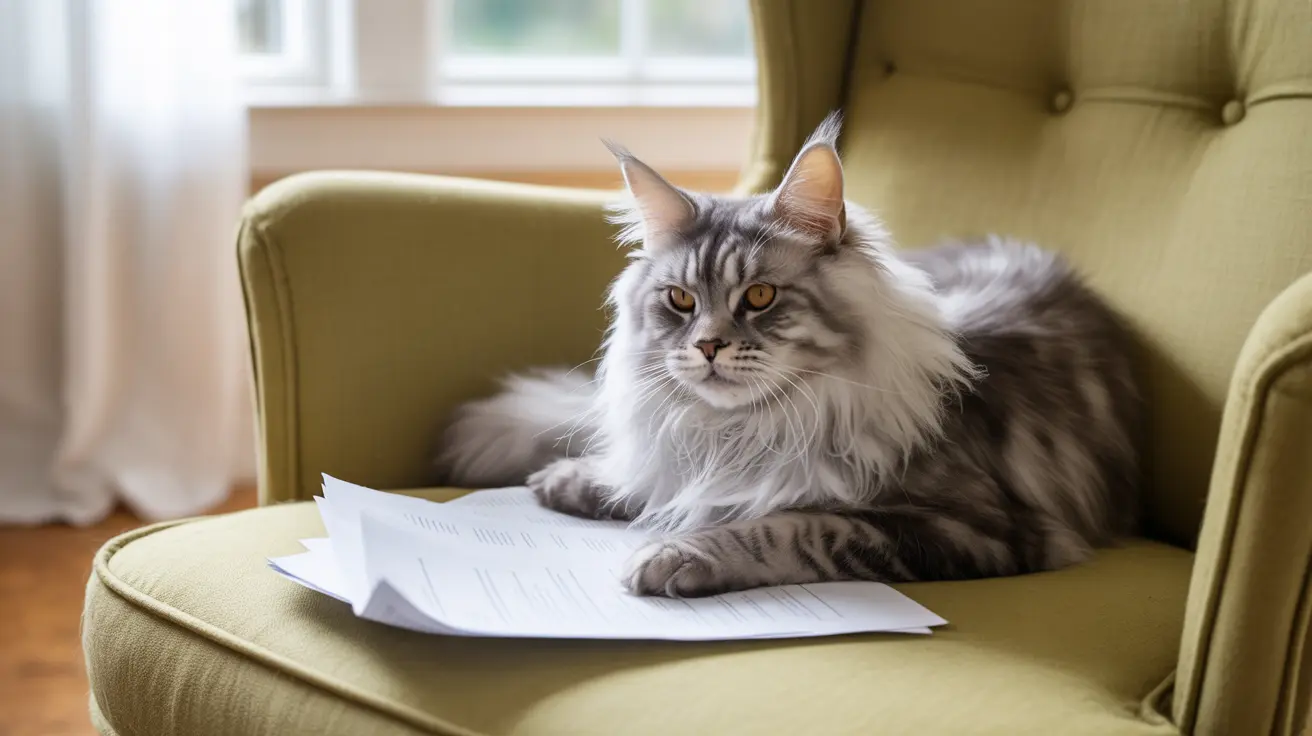How Dogs Express Apologies Through Body Language
While dogs don't apologize in the same way humans do with words, they exhibit a series of submissive and appeasing behaviors that serve a similar function. These actions are not always conscious but are rooted in their social instincts and pack behavior.
Understanding Canine Apologies
Dogs descended from wolves, which are social animals with defined pack hierarchies. Within these groups, maintaining harmony is critical. When a dog has violated social norms or caused distress, it might exhibit behaviors to restore peace and reaffirm bonds with other pack members.
Apologetic gestures are subtle and can include:
- Lowered Head or Ears: A sign of submission and non-threat.
- Tucked Tail: Demonstrates remorse or fear.
- Licking the Face or Hands: A pacifying action often interpreted as affection.
- Gentle Nuzzling: Seeking to restore contact and comfort.
- Pawing or Leaning In: An invitation for reconnection and forgiveness.
Why Dogs Apologize This Way
Dogs have evolved to be astute observers of human emotions. They often pick up on visual and auditory cues, such as a raised voice, body tension, or fearful posture. In reaction, a dog may engage in peace-offering behaviors to soothe their human companion and reduce their own stress caused by the discord.
They also experience the release of oxytocin during tactile interactions like petting, which enhances the bond between dog and owner. When a misstep occurs, dogs are drawn back toward restoring that emotional connection.
Common Scenarios Where Dogs ‘Apologize’
- After an Accident: If a dog chews something valuable or has an accident indoors, they may adopt a guilty look, duck their head, or avoid eye contact to show contriteness.
- During Interdog Conflicts: A dog that oversteps boundaries with another might yawn, avert their gaze, or lie down submissively to signal peace.
- Corrected by the Owner: When scolded, some dogs display appeasement gestures like rolling on their back or approaching slowly with wagging tail and soft eyes.
How to Respond
When your dog shows signs of apology, it's important to:
- Stay Calm: Avoid overwhelming them with more scolding; this can increase anxiety and damage trust.
- Use Positive Reinforcement: Guide them toward desired behaviors gently and reward progress.
- Reassure Your Pet: Light petting and a calm tone signal forgiveness and emotional safety.
The Role of Petting in Apologies
According to research, mutual oxytocin release during petting fosters deep emotional bonds between dogs and humans. When a dog apologizes through physical proximity or gentle contact, returning the affection reinforces their sense of security and strengthens the relationship.
For example, gentle stroking of areas such as the chest, under the chin, or behind the ears can help reassure your dog. Avoid intimidating gestures like looming overhead or touching sensitive areas during moments when they are seeking forgiveness.
Recognizing Misinterpreted ‘Guilt’
It’s crucial to note that what humans perceive as guilt may sometimes be a learned response to avoid punishment. Dogs often display submissive behavior not because they understand they did something wrong, but because they recognize their owner is upset. These behaviors are therefore about conflict resolution rather than moral awareness.
Some signs mistaken for guilt include:
- Avoiding eye contact
- Cowering or hiding
- Slow tail wagging with lowered posture
These are instinctual behaviors meant to de-escalate tension, not admissions of wrongdoing in the human sense.
Building Positive Communication
Understanding your dog's apology signals helps in improving communication and nurturing a stronger bond. Be observant, patient, and responsive. With time, mutual respect and affection will guide your relationship, making your dog feel safe and understood.
Key Takeaways
- Dogs apologize through submissive and appeasing behaviors.
- Petted dogs release oxytocin, which encourages bonding and reduces stress.
- Common signs of canine apology include licking, nuzzling, lowered posture, and slow approach.
- Human reactions should be calm and reassuring, avoiding harsh punishment.
- Consistent, gentle interaction fosters trust and emotional well-being in dogs.
By learning how dogs apologize and how to respond, pet owners can better support their canine companions and maintain a harmonious relationship built on trust, empathy, and respect.





